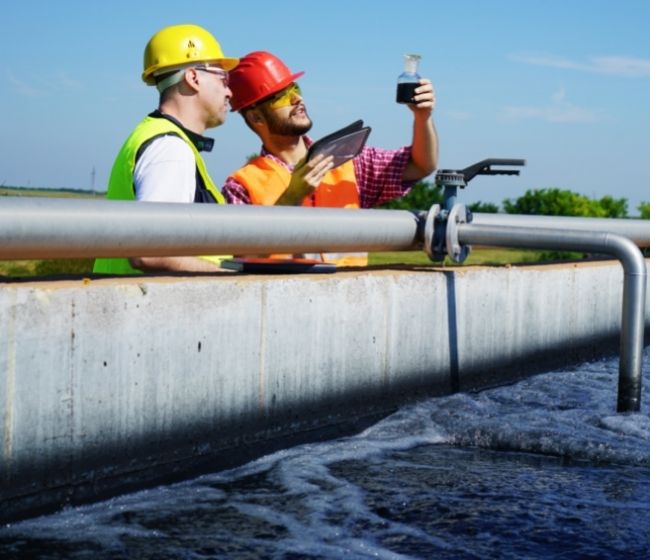Understanding the Different Methods of Water Aeration
Not all water aerators are made the same, and they have different purposes. This article will help you better understand the different water aeration methods.

Understanding the Different Methods of Water Aeration
If there is a pond or water feature on your property, you already understand that they can be fickle things that require a lot of attention and care. A well-maintained pond is something to be proud of, but it does take a little effort to make sure everything is working in harmony. One of the things you must consider for a pond is proper aeration. You have two major ways to aerate your pond, and we’re going to help you understand the different methods of water aeration so you can choose the one you’d prefer for your circumstance.
Why You Need Proper Aeration
Properly aerated water is healthier for the pond as a whole, as well as for the plants and animals that call it home. Aeration increases the oxygen levels in your water, which has several different benefits, including:
- Water with higher oxygen levels is healthier for the fish that inhabit it
- Higher oxygen levels reduce algae blooms
- Ponds with proper aeration smell better than still ponds
- Added circulation of water helps break down organic matter stuck on the bottom of the pond
Aeration Methods
There are two major methods for aerating a body of water. The surface method is a bit flashier and more aesthetically pleasing but isn’t the right choice for all ponds. The subsurface method is more subtle but may take longer to completely aerate the water to the same levels as the surface method. Understanding the different methods of water aeration means knowing which of these methods may be the right choice for you.
Surface
Surface aeration is what a lot of people initially think of when discussing aeration. Surface aerators include things such as the fountains you may see in many ponds. This method is great at adding much-needed oxygen into the water. This also has the benefit of releasing gases you don’t want in your water, such as methane and carbon dioxide.
Subsurface
Subsurface aeration uses compressors or jets to make bubbles of air near the bottom of the water body. One of the best benefits of subsurface aeration is that it is very good at mixing and redistributing stratified water across the whole pond. If you don’t want a flashy water feature in your pond, this is the way to go.
When you’re in the market for an industrial aeration system, Otterbine Barebo is your place to go. If you have any questions about aerating your pond, we’ll be glad to clear them up for you.
